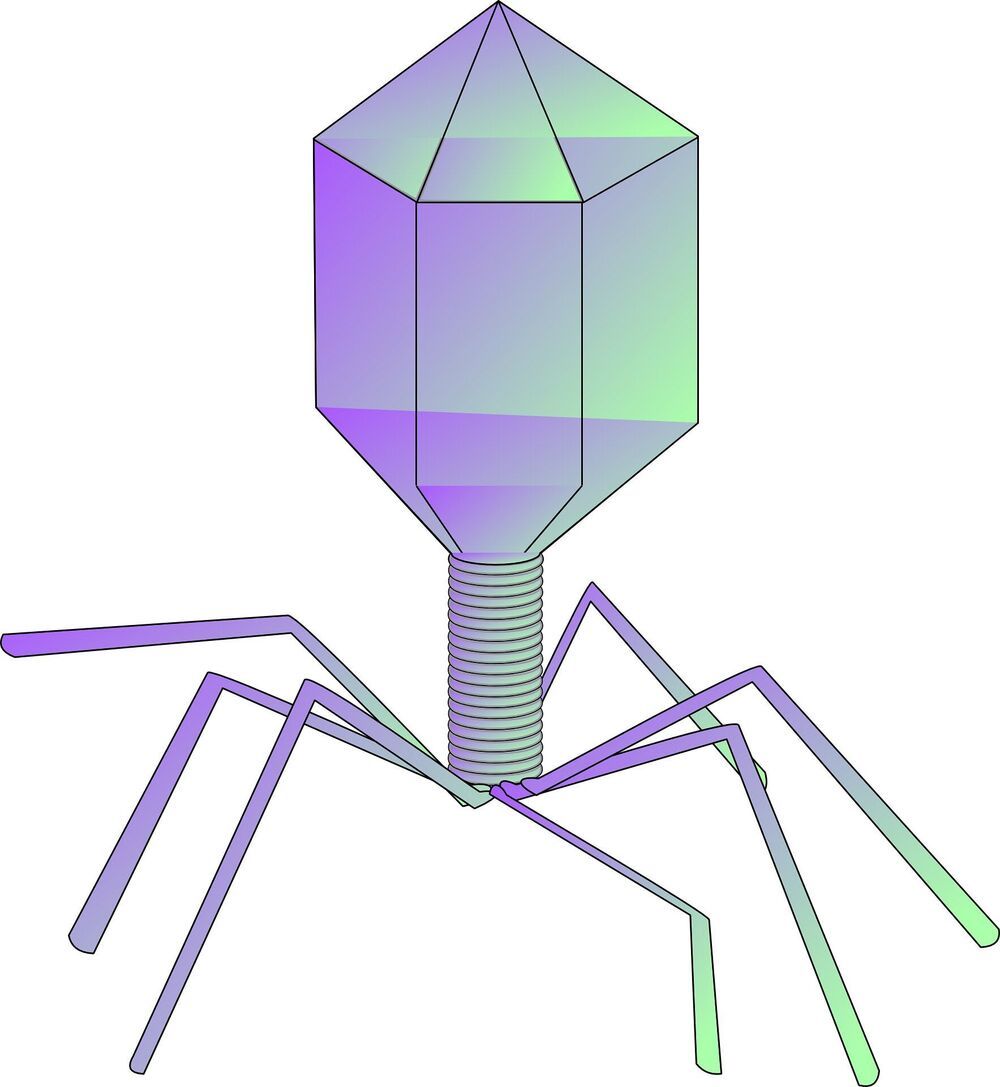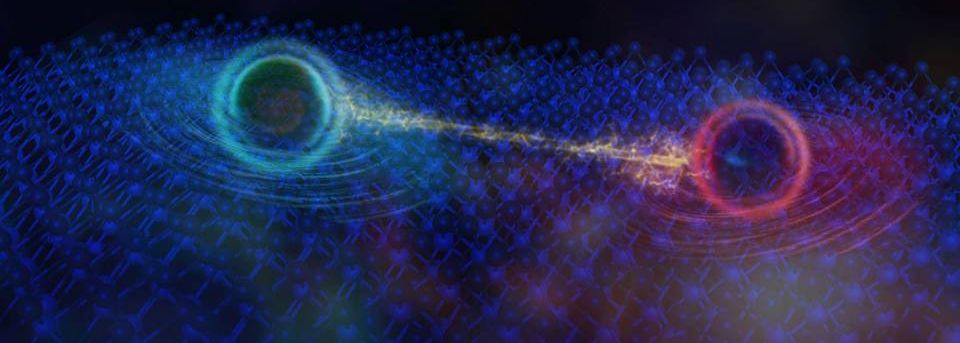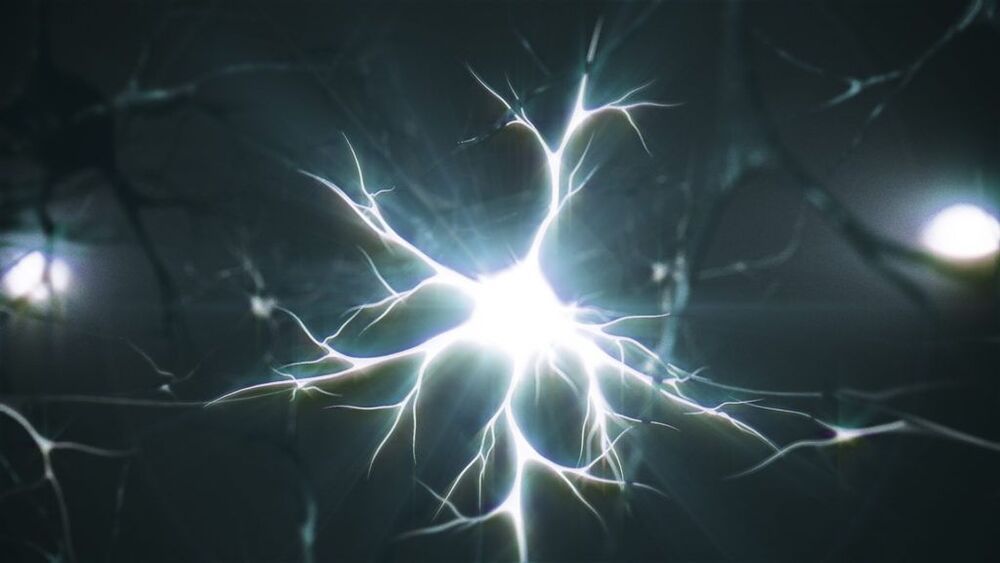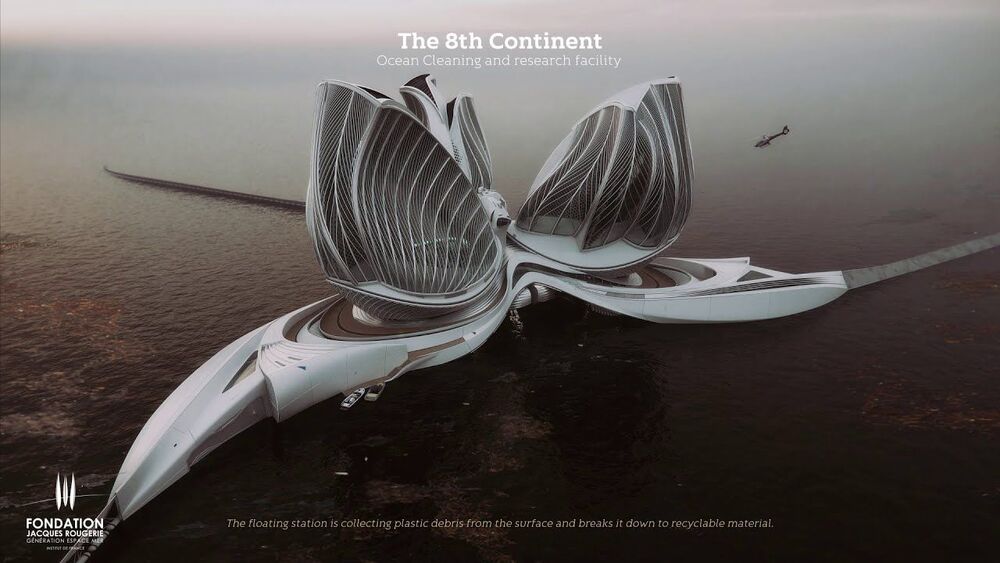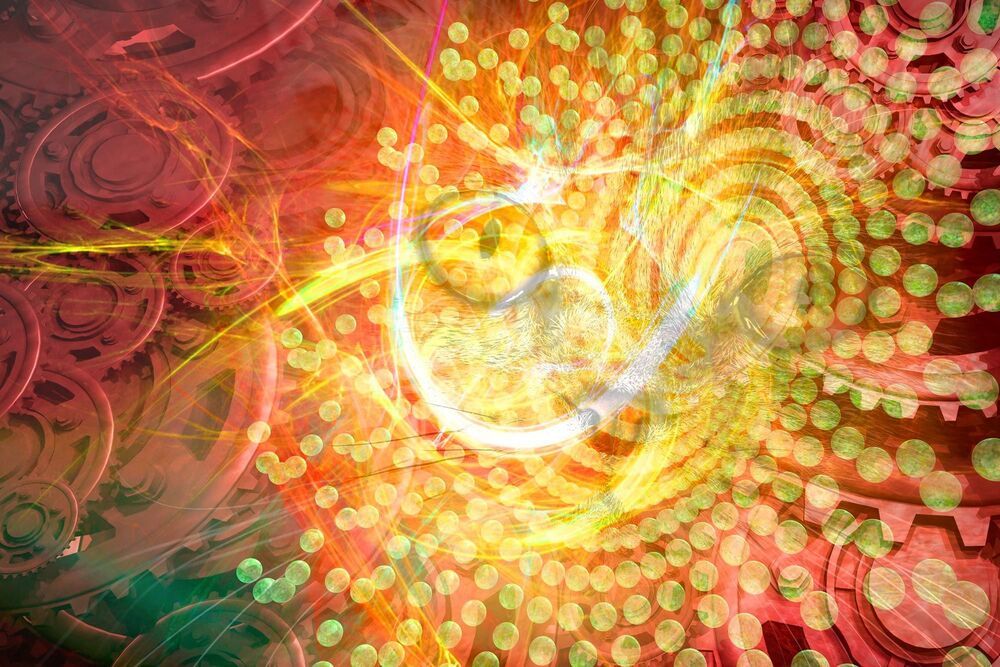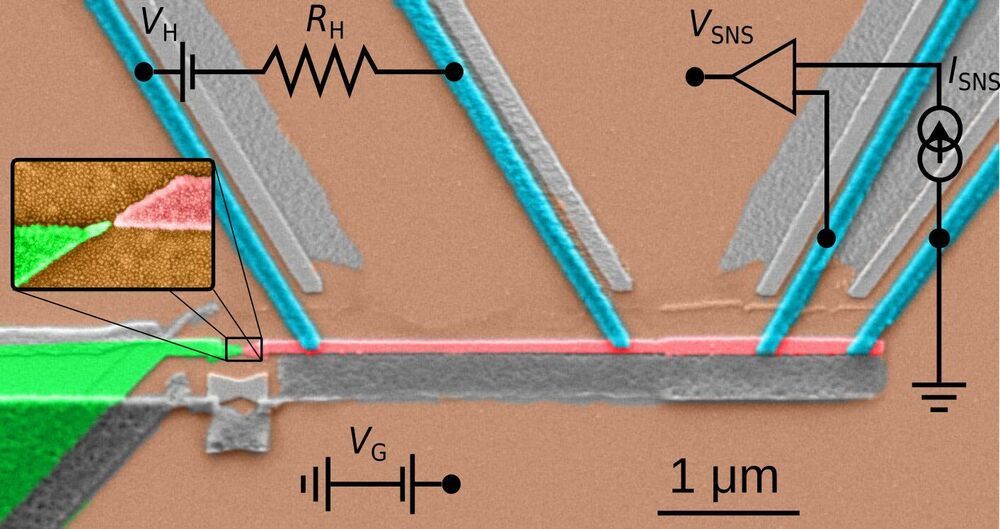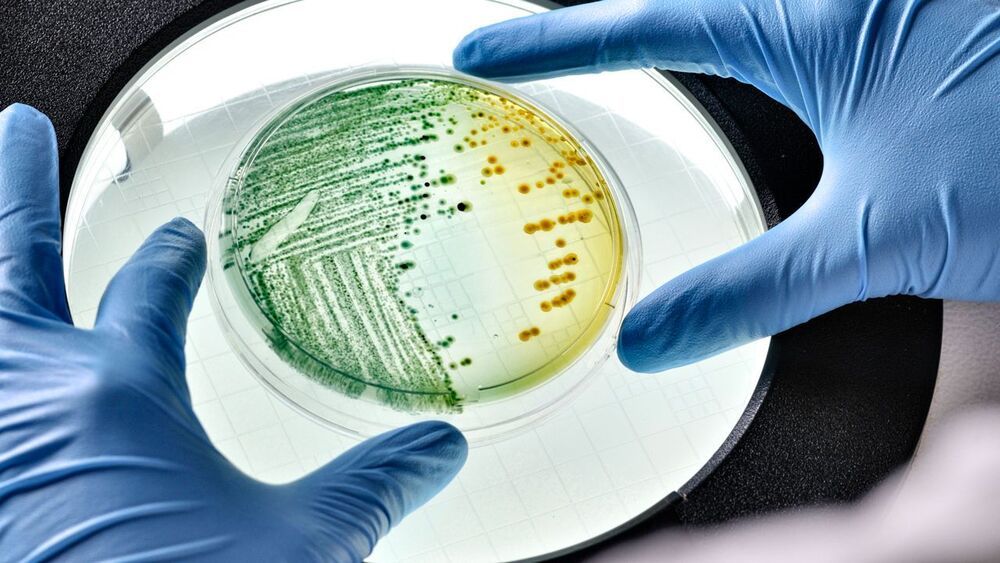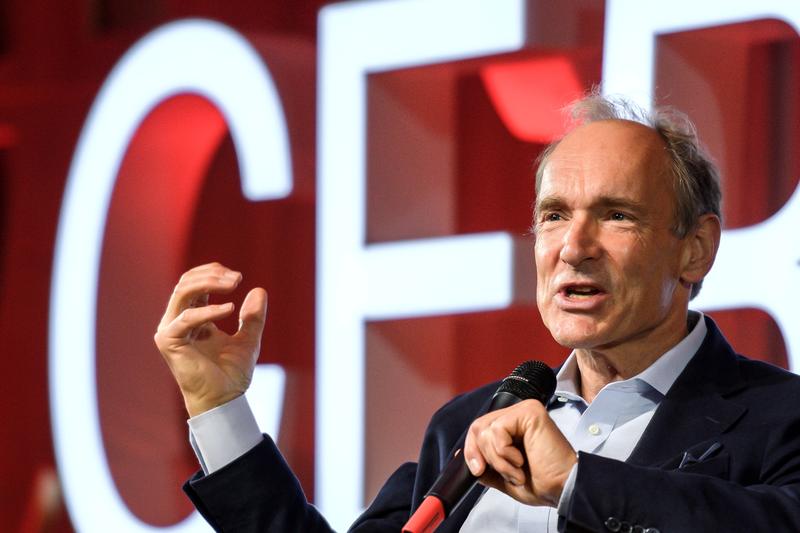There’s a new crop of supersonic aircraft beginning to sprout, thanks to advances in engine, materials and satellite weather tracking that will enable aircraft to break the sound barrier over land without the disruptive noise pollution of a sonic boom reaching the ground.
Aerion, Boom and Spike, for three examples, are working on supersonic business jets. Virgin Galactic is looking to bring the time savings of Mach 3 travel to a slightly broader passenger market. One of the issues, of course, is that supersonic flight has long been illegal over US soil, boomless cruise or no boomless cruise. But the US Government wants to set the regulatory agenda internationally, and has instructed the FAA to take a leadership role as the sector develops.
Supersonic flight over American soil will remain prohibited, but new regulations will streamline the process through which these companies can apply for specific exemptions, clearing away some of the red tape and offering a clear path for flight testing over land.

